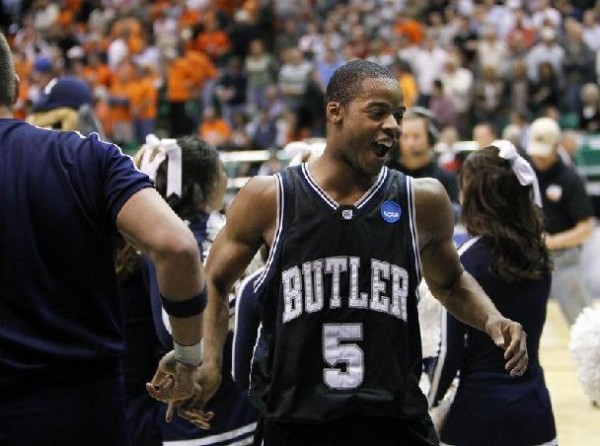… and Four Teams Down
Posted by rtmsf on November 3rd, 2010David Ely is an RTC contributor.
Every year teams come out of nowhere and burst into the top 25, while sports writers run to their keyboards to type the requisite “Where Did Team X Come From” story. I mean how many people saw Cornell coming last year? Who said last October that Butler would go on to lose the national championship game by just a couple of inches? Conversely, there are teams that look great on paper in the preseason but fail to live up to the hype once the season starts. Think North Carolina last season. Why did the Tar Heels begin the year in the top 10 again? Allow us to sort through the mess and pull out this year’s Cornells and North Carolinas for you. Missouri fans, get ready to be excited. West Virginia fans, start thinking of things to say in your hate mail.
On Monday we took a look at four teams that will be up this season. Today we’ll examine four teams that will be down as compared to where they were last year.
#1) West Virginia
No Devin Ebanks. No Da’Sean Butler. All kinds of problems for the Mountaineers, who are the only team from last year’s Final Four to begin the season outside of the AP top 25. Bob Huggins’ squad lost a lot of what made last year’s team so tough to handle with the depatures of Ebanks and Butler. The 2009-10 Mountaineers got by on their ability to suffocate opponents with their brutally physical play combined with Butler’s brilliance on the offensive end. Now much of the responsibility falls to forward Kevin Jones, who averaged 13.5 points per game as West Virginia’s third option. Can Jones step up his game this year when defenses single him out as the guy they have to stop? If Jones struggles, then the Mountaineers will have a hard time duplicating even some of the success they enjoyed last year.
Reports coming from preseason practices aren’t too encouraging. Huggins recently told the Charleston Gazette that freshmen Kevin Noreen and Noah Cottrill “look lost” at practice. And that was after Cottrill sparked rumors when he was introduced but didn’t participate in West Virginia’s Midnight Madness. There also was the case of Casey Mitchell, who was suspended for a violation of team rules but is now back with the team. These aren’t the kinds of stories that equate to success in the regular season. This year might be one to forget in Morgantown.
#2) Cornell
The Big Red was the last year’s feel good story, upsetting Temple and Wisconsin en route to an unprecedented run to the Sweet 16. And what was the reward for America’s favorite brainiacs turned basketball stars? A return to obscurity.
Cornell lost its X&Os wizard in Steve Donahue when he opted for the greener pastures of the ACC, taking the head coaching gig at Boston College. The Big Red lost all-time leading scorer and 2010 Ivy League Player of the Year (Ryan Wittman), the sparkplug and catalyst of its NCAA Tournament run (Louis Dale) and six other seniors from last year’s squad. That would be a lot of attrition for even a team like Duke to endure, and there’s no doubt Cornell and new coach Bill Courtney are headed for a big step backward this season.
The Big Red was predicted to finish third in the Ivy League, which would require a number of players to step up fill the voids left by the likes of Wittman and Dale. Cornell needs big seasons from proven players like point guard Chris Wroblewski and forwards Adam Wire and Mark Coury. Then the Big Red will need some of its unknown pieces (one if its four freshman or maybe junior transfer Anthony Gatlin) to emerge if Courtney & Co. hope to compete for a fourth straight league title.
#3) Purdue






























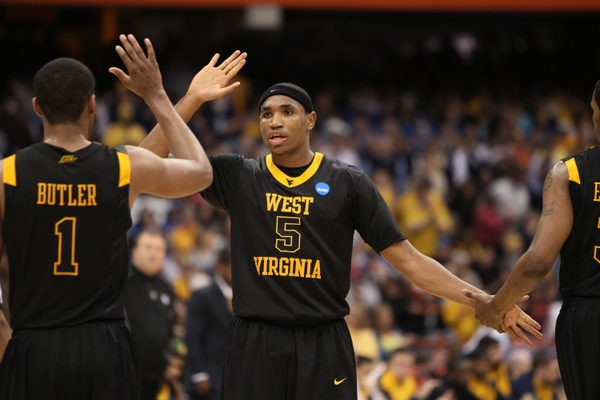
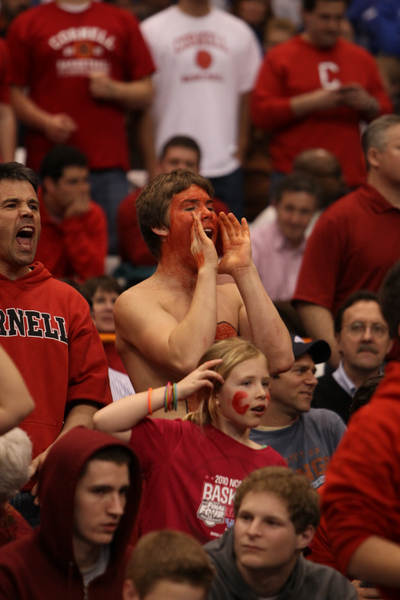
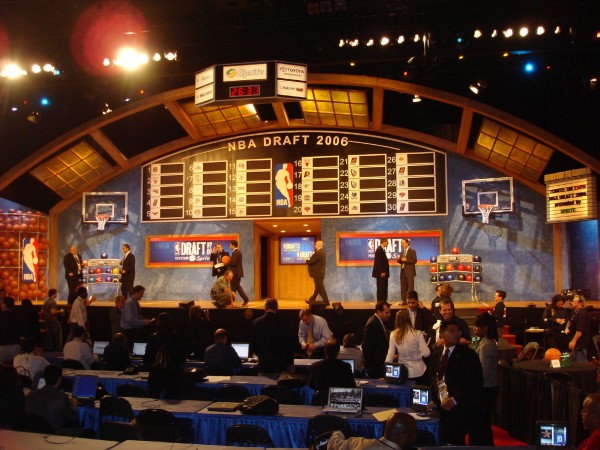
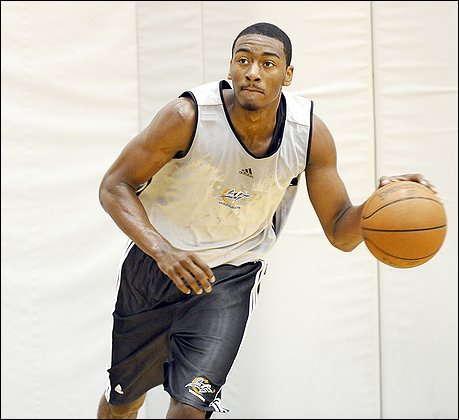


![438012310054_Kentucky_v_Arkansas[1]](http://rushthecourt.net/wp-content/uploads/2010/04/438012310054_Kentucky_v_Arkansas1.jpg)
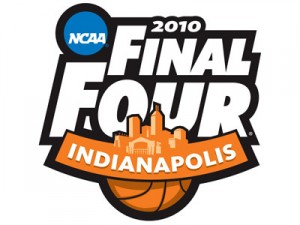
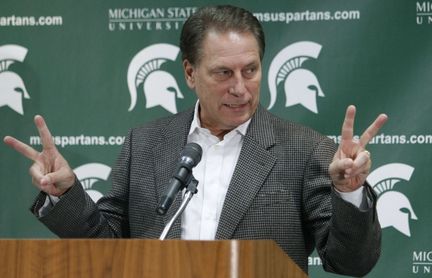
![7680039_wvirginia_v_kentucky[1]](http://rushthecourt.net/wp-content/uploads/2010/03/7680039_wvirginia_v_kentucky1.jpg)


